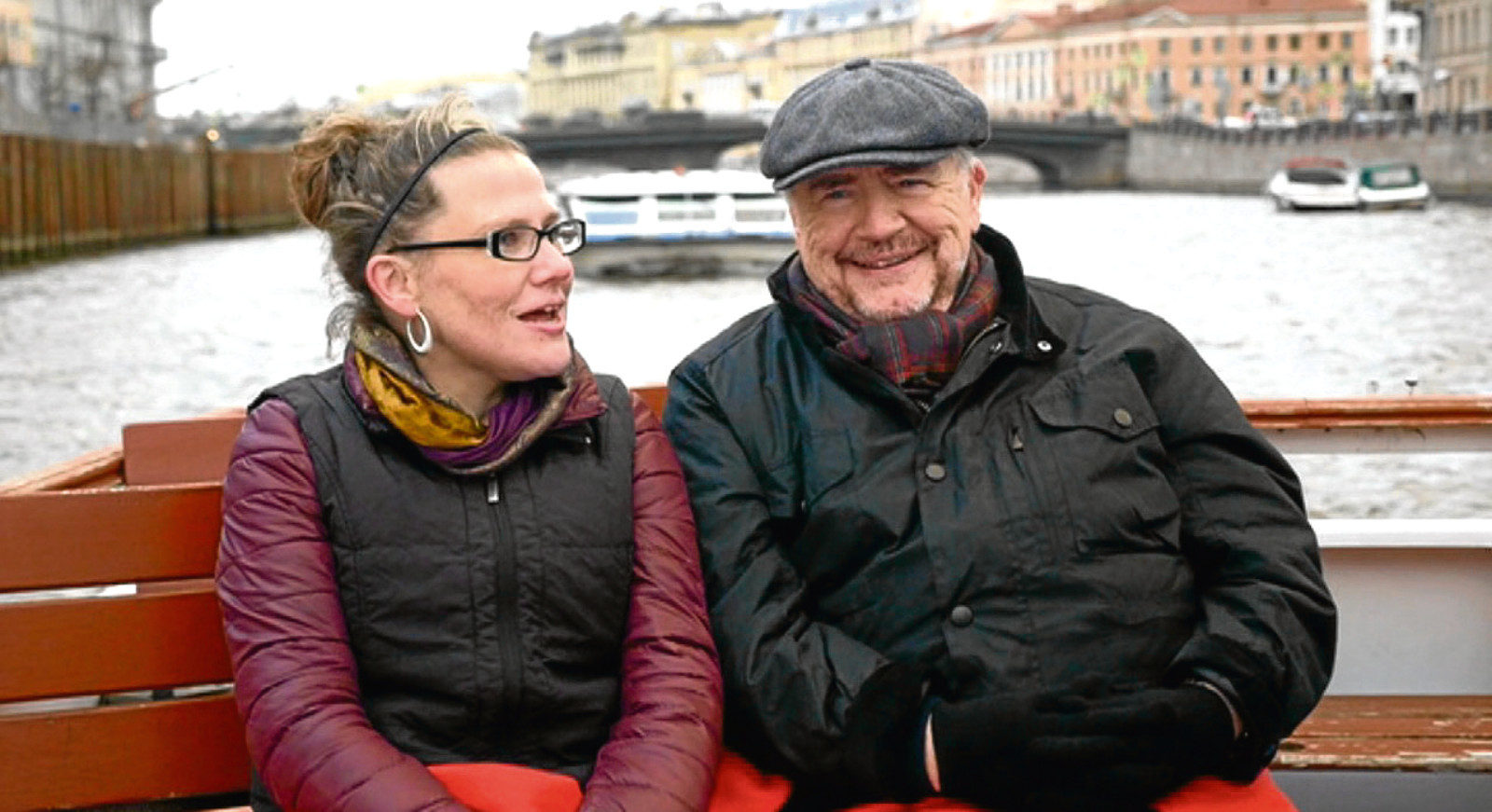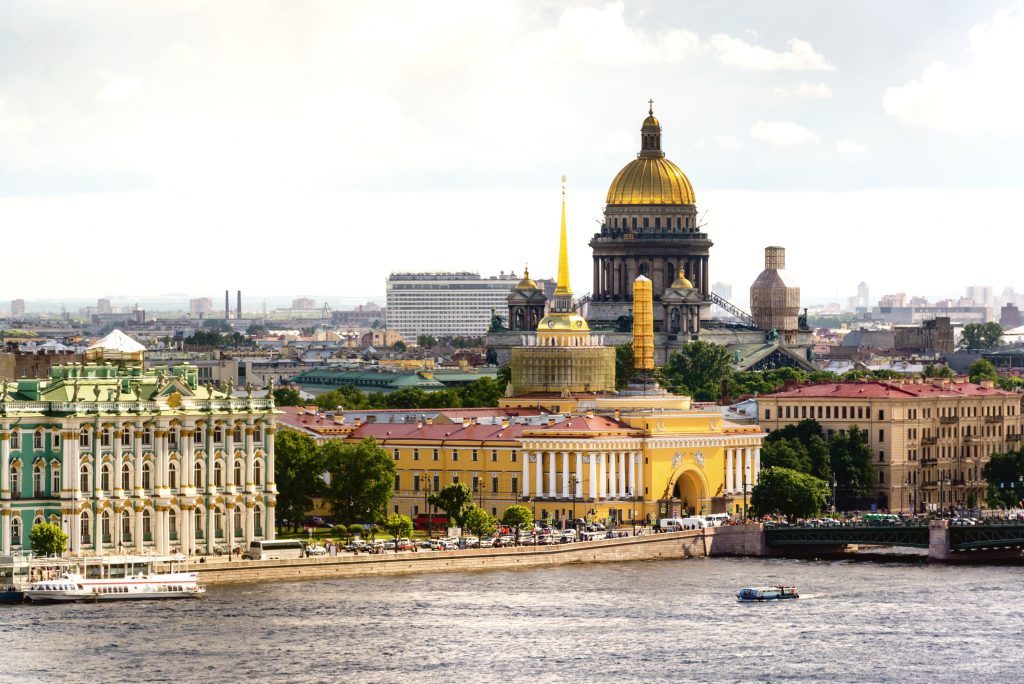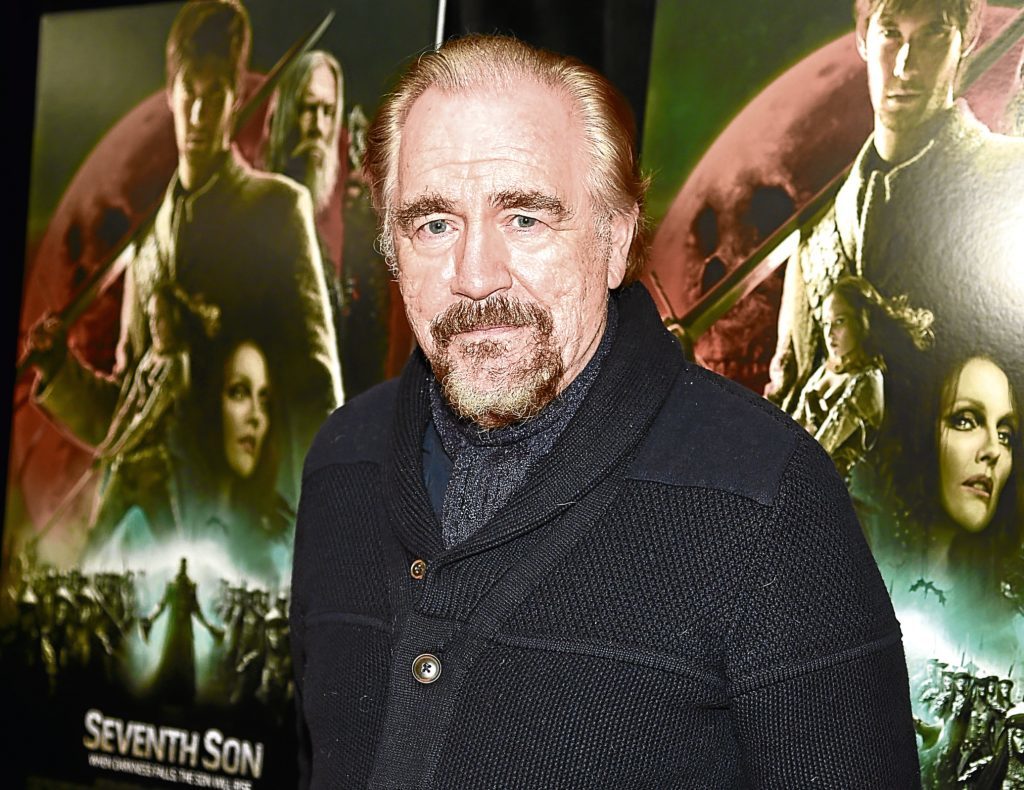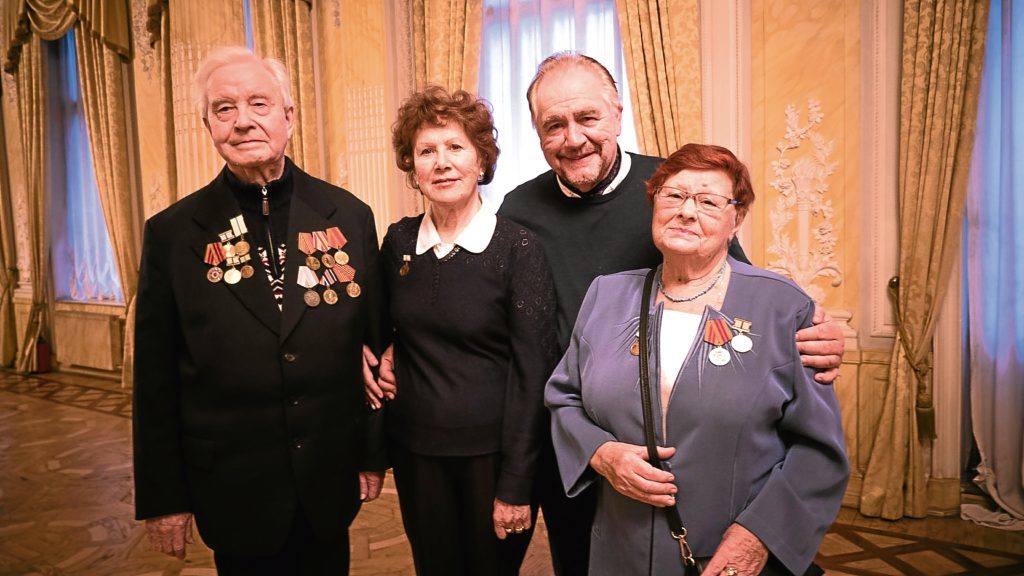
SCOTS star Brian Cox has told how an Iron Curtain visit helped forge a vital bond with his daughter Margaret after his marriage collapsed.
The Dundee-born actor headed to Russia soon after the fall of the Berlin Wall and just as East-West relations were changing dramatically.
And a BBC documentary, Brian Cox’s Russia, takes the Hollywood big-hitter and Margaret back to where they became close.
Brian, 70, says wife Caroline Burt “showed me the red card” and they divorced in 1986.
As his career blossomed with big American movies such as Manhunter, Brian’s personal life was going through “a difficult time” as he faced “a mid-life crisis.”
Margaret says her mum had had enough and her dad was scared he was losing her.
Speaking to The Sunday Post from the New York home he shares with second wife Nicole Ansari and their two sons, Brian admitted: “It was very tricky.
“It’s like a lot of families that split, there are divided loyalties.
“You try to find ways of seeing your children and as an actor it’s doubly difficult as you have to try and weave it into your work.
“I was filming a detective series in Russia called Grushko and I called Margaret, who was 12 then, and got her to come be with me in St Petersburg.
“It was an important time for us to be together. Margaret and I are very similar temperamentally and we have a very close relationship.
“I have three sons but she’s my only daughter and, as you can imagine, daddies and daughters are quite an item.”
Margaret not only had time to get close to her dad again but she also fell in love with the city.
Within a few years she was a student at St Petersburg University.
Now a fluent Russian speaker, she is currently back tutoring there.
In the centenary year of the Russian Revolution, the two-part series sees Brian discover the stories of the Scots who both changed and were changed by the country.
He was given inside access to the glorious golden St Andrew Hall, throne room of the Tsars, in the heart of the Kremlin and dedicated to Russia and Scotland’s shared patron saint.
It’s 30 years since Brian had his first real taste of Russia when he was asked to teach at the Moscow Arts Theatre School as glasnost started to take effect.
“I was working at the Royal Shakespeare Company at the time and I initially went over for two weeks,” said Brian.
“That turned into a year-and-a-half of commuting back and forward.
“It was an extraordinary time to be there. I hadn’t been to Moscow since the 1990s and the change since has been astonishing.
“Back then there was nothing. I remember going to a café and the guy saying to me, ‘Next week, we will have potatoes.’
“And I went to a restaurant where the food was appalling. They produced chickens that looked like they’d been in a nuclear holocaust.
“They said they were chickens but they weren’t like any I’d ever seen.
“There were queues at the shops, with bread deliveries just once a week. It really was pretty bad.”
In his new programme, Brian learns the first Colonel-in-Chief of the Royal Scots Dragoon Guards was the last Tsar of Russia, Nicholas II.
He also hears of Aberdonian Patrick Gordon, the highest-ranking general in the country and the man who professionalised its army and was Peter the Great’s military tactician.
In St Petersburg, he travels to the stunning Catherine’s Palace to discover the love story between Catherine the Great and her Scottish architect, Charles Cameron.
And both Brian and Margaret meet veterans of the siege of Leningrad in which more than a million civilians perished.
They see a gift of support sent by the people of Airdrie and Coatbridge for all those caught up in the blockade.
“No one has suffered the way the Russians have,” says Brian. “At Leningrad people were sleeping beside relatives who had been dead for days.
“They were so cold they didn’t know if they were asleep or dead.
“Bodies had to be thrown out of windows as the only way to get a body moved was to leave it in the street.”
Brian also samples Russian hospitality with the vodka flowing freely. But he admits the boozy encounter brought back painful memories.
“I get on really well with the Russians, but they like their alcohol.
“They can certainly put the vodka and brandy away.
“If you have both then it’s a lethal combination. When I opened with The Crucible, we had an amazing first night and I had the vodka and brandy.
“The following morning I literally could not get my head off the pillow through the pain of what I had consumed the previous evening.”
Brian has played a host of Russian characters from his first film role as Trotsky in Oscar-winning Nicholas And Alexander to General Kutuzov in the BBC’s recent War And Peace.
“I don’t like the Russian bureaucracy but I love the Russian people,” he adds.
“They’re amazing. They’ve survived Stalin, Lenin, Khrushchev and are currently learning how to survive under Putin.”
Brian Cox’s Russia, BBC2 Scotland, Tuesday, 9pm.

Enjoy the convenience of having The Sunday Post delivered as a digital ePaper straight to your smartphone, tablet or computer.
Subscribe for only £5.49 a month and enjoy all the benefits of the printed paper as a digital replica.
Subscribe

